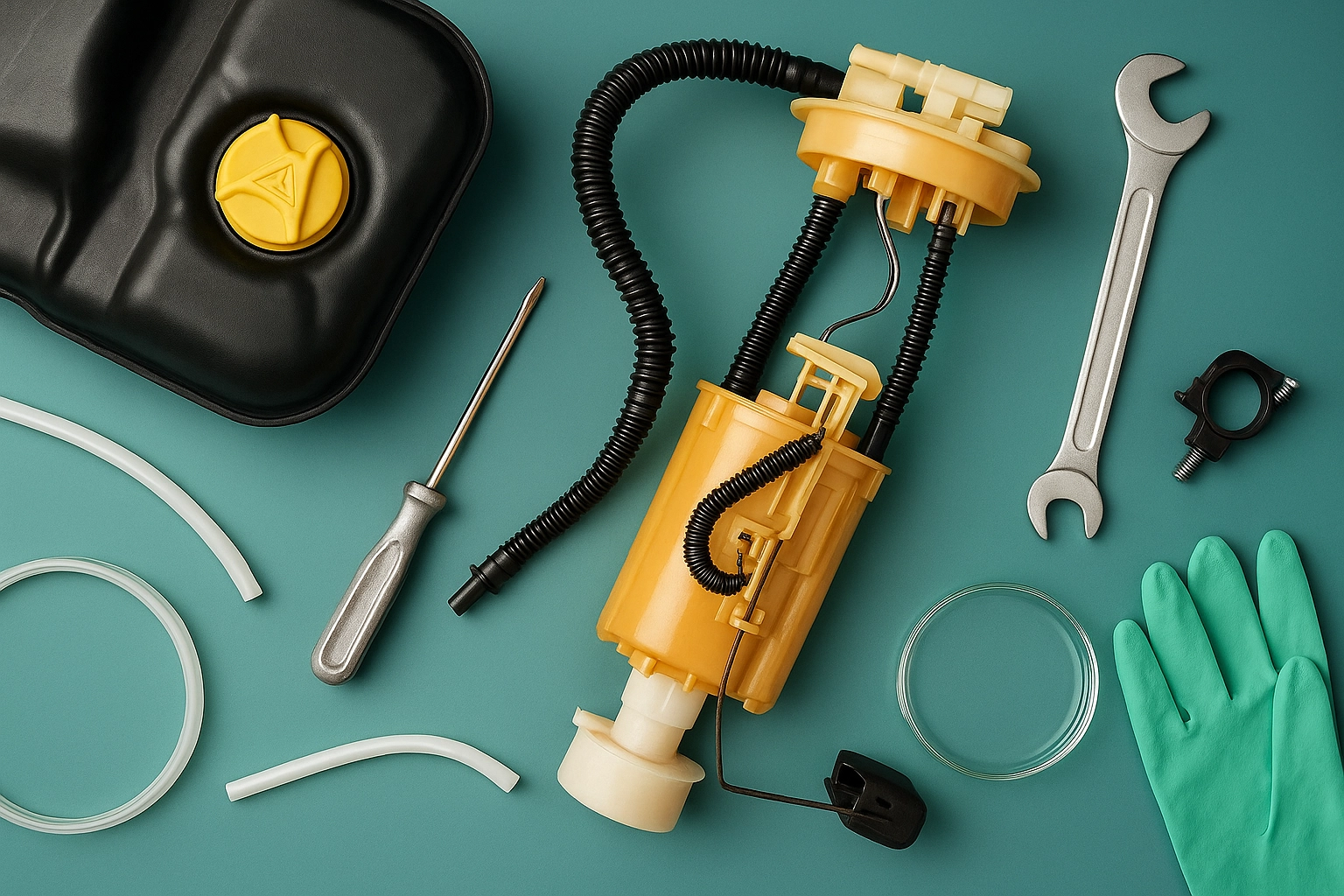SAE J2261 Fuel Tank Venting System Test
The SAE J2261 Fuel Tank Venting System Test is a critical procedure designed to ensure the safety and performance of fuel tank vent systems in vehicles. This test is essential for verifying that the vent system operates correctly under various conditions, thereby preventing fuel vapor accumulation inside the vehicle’s fuel tank, which could lead to dangerous situations such as explosions or fire risks.
The primary objective of this test is to simulate real-world driving conditions and assess how well the fuel tank venting system can handle these stresses. The SAE J2261 standard outlines specific procedures for testing the ability of the venting system to prevent overpressure, which could result from thermal expansion or other factors during operation.
The test setup typically includes a fuel tank with a known capacity and a venting system that is to be tested. The specimen is connected to a pressure vessel where various tests are conducted under controlled conditions. The test parameters include temperature variations, humidity levels, and exposure times that mimic the vehicle's operational environment. The goal is to evaluate the performance of the venting system in terms of its ability to maintain proper pressure balance within the fuel tank.
The instrumentation used for this test includes pressure gauges, thermocouples, and data logging systems. These tools are crucial for monitoring the performance of the venting system throughout the testing process. The data collected is then analyzed to determine if the system meets the specified acceptance criteria as outlined in SAE J2261.
One key aspect of this test is the evaluation of the venting system's resistance to external influences such as temperature changes and atmospheric conditions. By simulating these variables, we can assess the reliability of the venting system under different environmental stresses. Another important factor is the ability of the system to handle fuel vapor accumulation effectively.
The SAE J2261 standard also emphasizes the importance of testing in a controlled environment that closely replicates real-world conditions. This ensures that any issues identified during the test can be accurately attributed to the performance characteristics of the venting system rather than other external factors. The test results are used to validate the design and manufacturing processes, ensuring compliance with safety regulations.
Compliance with SAE J2261 is crucial for automotive manufacturers as it helps ensure that their vehicles meet stringent safety standards. By adhering to this standard, they can demonstrate a commitment to quality and safety in their products, which is essential for maintaining consumer trust and regulatory compliance.
Applied Standards
| Standard | Description |
|---|---|
| SAE J2261-08 | Procedure for testing the venting system of gasoline fuel tanks. |
| ASTM D4957-08(2013) | Standard test method for measurement of vapor pressure of petroleum products by means of a mechanical pump in a closed vessel. |
Competitive Advantage and Market Impact
The SAE J2261 Fuel Tank Venting System Test provides significant competitive advantages for automotive manufacturers. By ensuring that their fuel tank vent systems meet stringent safety standards, they can differentiate themselves in the market as leaders in vehicle safety and quality. Compliance with this standard is often a requirement for regulatory approval, which further enhances the reputation of the manufacturer.
From an operational perspective, adherence to SAE J2261 helps manufacturers identify potential issues early in the development process, allowing them to make necessary adjustments before product launch. This not only reduces costs but also improves overall product reliability and customer satisfaction. The test results serve as a benchmark for quality assurance and can be used internally for continuous improvement.
In terms of market impact, compliance with SAE J2261 is increasingly becoming a key factor that influences consumer choice. Consumers are more aware of the importance of vehicle safety features, making it essential for manufacturers to demonstrate their commitment to these standards. This can lead to increased sales and a better brand image, ultimately contributing to long-term market success.
Use Cases and Application Examples
- Testing fuel tank venting systems in newly designed vehicles during the R&D phase.
- Evaluating the performance of existing fuel systems under different environmental conditions.
- Verifying compliance with safety regulations for vehicle certification purposes.
- Identifying potential improvements to the design and manufacturing processes based on test results.





